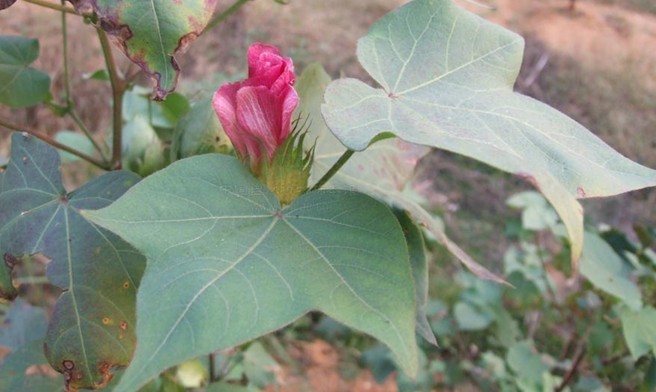Gossypium herbaceum, also called Levant cotton, is a species of cotton native to the semi-arid regions of sub-Saharan Africa and Arabia where it still grows in the wild as a perennial shrub. It was probably first cultivated in Ethiopia or southern Arabia and from there cultivation spread to Persia, Afghanistan, Turkey, North Africa, Spain, Ukraine, Turkestan and finally to China. It was first cultivated in China by about 600 AD.
A legend was perpetuated from a factual description of this plant by Greek historian Herodotus in the 5th century BC. Although his book, simply titled Histories, was an account of a war between the Persian Empire and the Greek city-states. It also contained descriptions of vast lands beyond the boundaries of the world known by the Greeks at that time.He wrote: "certain trees...bear forth their fruit fleeces surpassing those of sheep in beauty and excellence, and the natives clothe themselves in cloths made therefrom."
| Catalog | Product Name | CAS Number | Manual |
|---|---|---|---|
| CFN98529 | Acetate gossypol | 12542-36-8 | |
| CFN98850 | Quercitrin | 522-12-3 | |
| CFN99716 | Palmitic acid | 57-10-3 | |
| CFN99916 | Beta-Sitosterol | 83-46-5 | |
| CFN98753 | Isoquercitrin | 482-35-9 | |
| CFN90561 | Gossypol | 303-45-7 | n/a |
| CFN99716 | Palmitic acid | 57-10-3 | |
| CFN94800 | Oleic acid | 112-80-1 | n/a |
A unique collection of 22 natural compounds from Polygala tenuifolia Willd.
A unique collection of 24 natural compounds from Angelica acutilobac (Sieb. et Zucc.) Kitag.
A unique collection of 25 natural compounds from Epimedium brevicornum Maxim
A unique collection of 30 natural compounds from Citrus reticulata
A unique collection of 22 natural compounds from Mangifera indica L.





